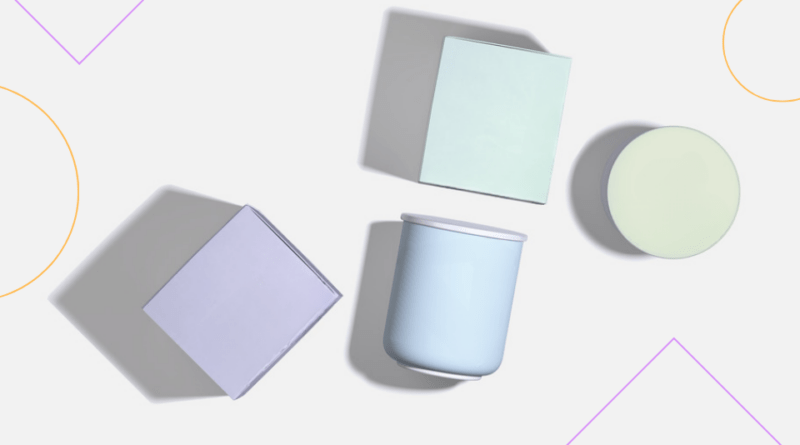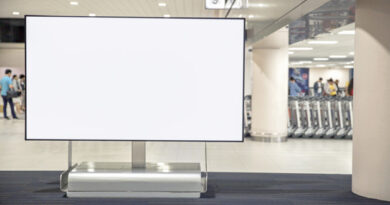Artistry Unleashed: Pushing Boundaries in Visual Product Packaging Concepts
In modern commerce, where products flood the market with increasing rapidity, visual product packaging has become more than just a vessel to house commodities; it is a canvas for creativity, innovation, and an opportunity to captivate consumers. In this blog, we embark on a journey through the exciting landscape of product packaging, exploring how businesses are redefining the very essence of packaging as we know it. Join us as we unlock the secrets of visual storytelling, the power of sustainability, and the fusion of art and functionality in packaging, all while pushing the boundaries of what’s possible in this ever-evolving field.
The Significance of Product Packaging Design
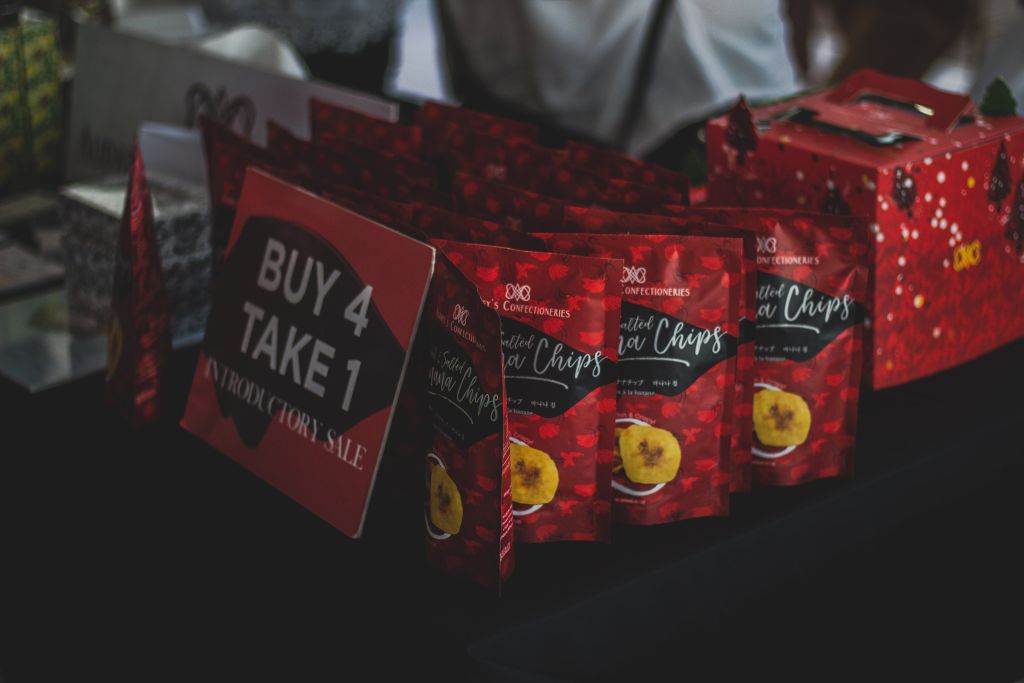
Product packaging design is more than just a protective shell for merchandise – it’s a critical element of a brand’s identity and a powerful marketing tool. In today’s highly competitive market, where consumers can choose what’s best for them, the importance of packaging design cannot be overstated. It serves as the first point of contact between a product and a potential buyer, influencing purchasing decisions, conveying brand values, and often creating lasting impressions.
Minimalist Design and Its Impact on Branding
Minimalism in product packaging design is gaining traction in today’s visual landscape. This approach emphasizes simplicity, elegance, and the removal of extraneous elements. Brands increasingly recognize minimalist design’s power to create refined and visually appealing packaging that resonates with the modern consumer. The minimalist design conveys sophistication, authenticity, and a sense of modernity by focusing on core visual elements and eschewing excessive information. In an era where consumers seek experiences that align with their values, minimalism communicates a brand’s commitment to simplicity and authenticity, fostering brand loyalty and trust.
Sustainable Packaging and Eco-Conscious Consumers
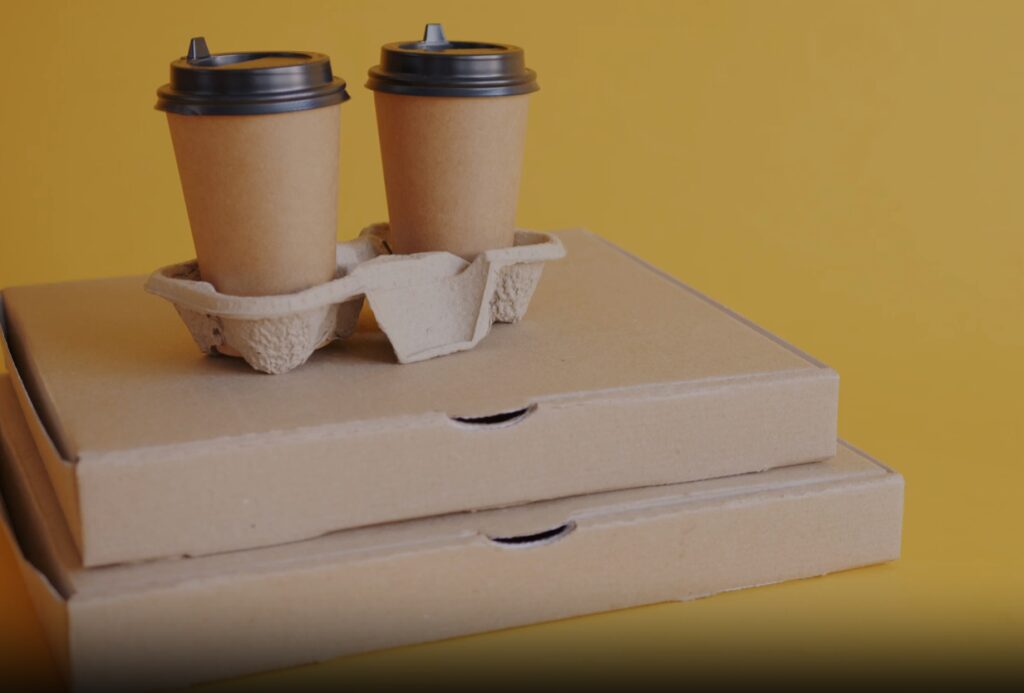
The modern consumer is becoming increasingly eco-conscious, which has fueled a remarkable shift towards sustainable packaging solutions. Brands are reevaluating their choices, embracing eco-friendly materials, reducing packaging waste, and opting for recyclable or biodegradable options. The innovation in sustainable packaging extends beyond materials, with techniques designed to minimize environmental impact while preserving the integrity of the product. This eco-conscious approach aligns well with a consumer base that values environmental stewardship and sustainability, making it more than just a design trend but a commitment to a better, more sustainable future.
Interactive Packaging and Enhanced Customer Engagement
Interactive packaging is one of the newest innovations. Augmented reality (AR) labels, QR codes, and NFC-enabled tags have emerged as tools that enable customers to interact with the packaging and, by extension, the product itself. Scanning these elements can lead to accessing exclusive content, immersive experiences, or detailed product information. This transforms unboxing into an educational journey and deepens the consumer’s connection with the brand, creating a memorable and engaging experience.
Material Innovation and the Art of Aesthetic Appeal
Choosing materials in product packaging design is pivotal in creating a visually captivating package. Innovative textures, holographic finishes, and the creative use of materials are pushing the boundaries of what packaging can achieve. Beyond protection and preservation, these materials serve as artistic mediums. They create a tangible sense of luxury, texture, and depth, elevating the brand’s perceived value. Innovative materials’ tactile and visual qualities leave a lasting impression on consumers, making the packaging an integral part of the product experience.
Packaging Companies and Personalization: Creating Unique Experiences
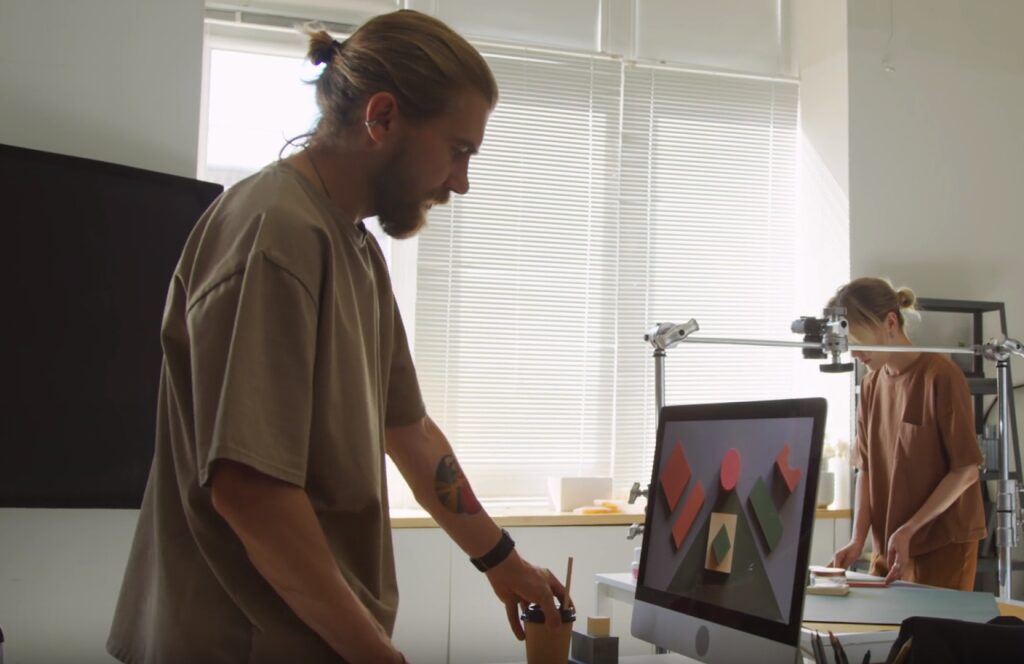
In a world where differentiation is vital, customized packaging becomes a powerful technique for capturing consumers’ attention and fostering brand loyalty. Product packaging companies specialize in tailoring solutions that guarantee functionality and durability while infusing visually appealing designs. This level of personalization extends to various container types, including custom-made pop-top containers. They provide the advantage of crafting packaging that reflects brand-specific colors, graphics, and aesthetics, ultimately enhancing brand recognition and customer satisfaction. Customized packaging is not just a design choice; it’s a strategy that fosters lasting connections and resonates with consumers, making it an integral aspect of successful packaging design in a competitive market.
Limited Editions and Consumer Connection
Brands harness the power of limited-edition packaging to create deeper connections with consumers. These unique packaging designs are often tied to special events or seasonal themes, fostering a sense of exclusivity and anticipation. Consumers, drawn by the limited availability, perceive these products as collector’s items. This perception not only cultivates brand loyalty but also encourages them to repeat purchases as consumers seek to complete their exclusive collections. Therefore, limited-edition packaging serves as a powerful tool for establishing lasting emotional connections with customers driving sales and brand attachment.
Inclusive Design for a Diverse Consumer Base
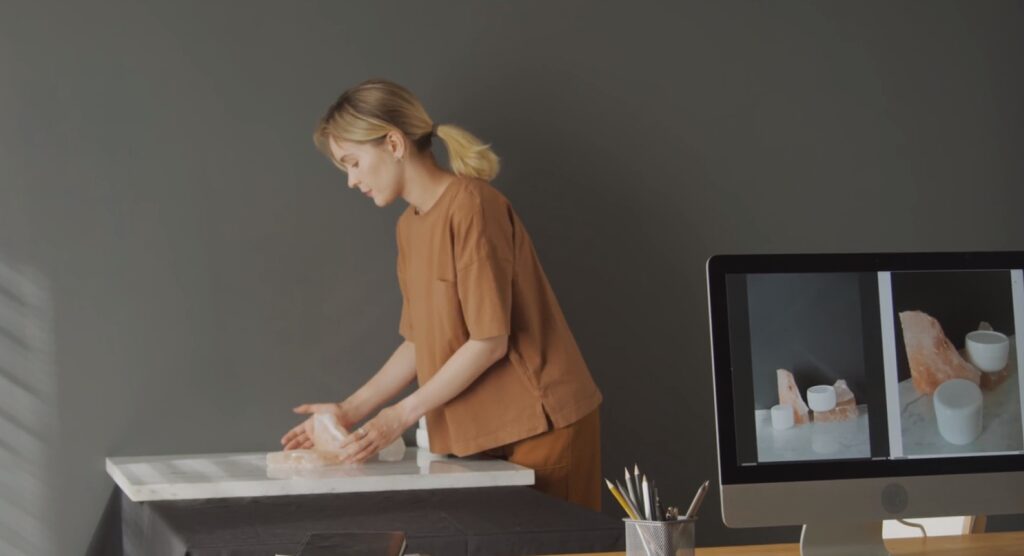
Inclusivity in packaging design reflects an increasingly diverse and aware society. Brands incorporate accessibility features to ensure that packaging is user-friendly for individuals with disabilities. This inclusivity promotes a positive brand image, showcasing the brand’s commitment to diversity and social responsibility. It also broadens the consumer base, ensuring that the product is accessible and enjoyable for a wide range of customers.
Conclusion
Throughout this exploration, we’ve witnessed how designers are pushing the boundaries of what’s possible, redefining traditional norms, and embracing innovative materials, compelling storytelling, sustainability, and multisensory experiences to craft packaging that not only safeguards and showcases products but also weaves compelling narratives and forges emotional bonds with the audience. The evolution of packaging is an ongoing adventure, offering consumers immersive experiences and an element of surprise from the moment they lay eyes on a product. This journey demonstrates that the fusion of artistry and functionality has no bounds, as designers and brands continue to defy conventional limits and expand the possibilities within the realm of visual product packaging.
